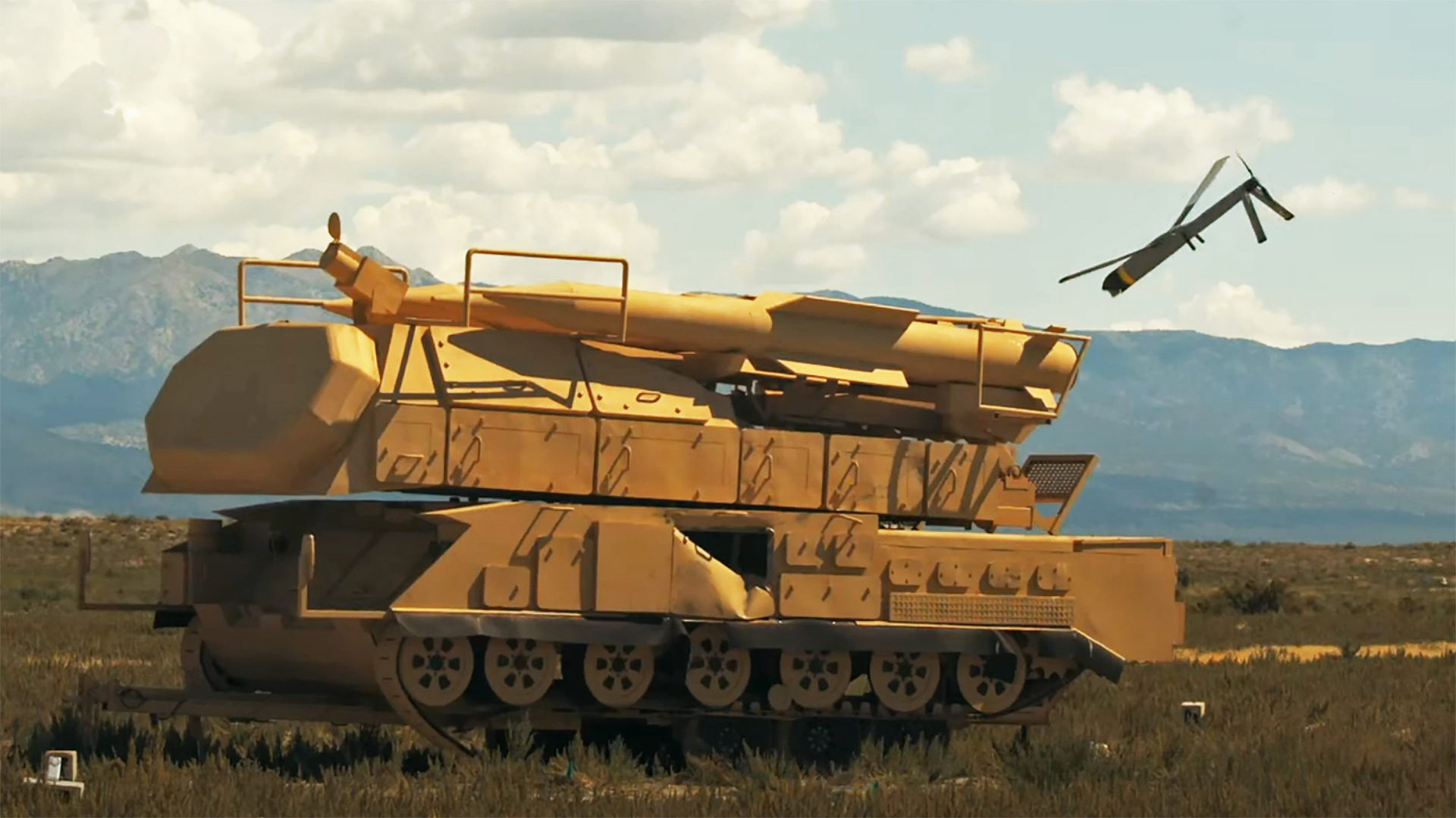Anduril Industries, the company responsible for the popular ALTIUS series of drones, has undertaken a first live-fire test of its ALTIUS-700M loitering munition. Following the same basic form and concept as the ALTIUS-600M loitering munition, which we have discussed in depth in the past, the ALTIUS-700M is larger and has a much bigger payload. This means the new drone has the potential to attack a wider range of targets, including larger and better-armored ones, also at standoff distances.

The video released by the company today includes the final moments of the live-fire test, in which an ALTIUS-700M hits home on a mocked-up SA-17 Grizzly (Buk-M1-2) surface-to-air missile system, a weapon that has been notably used by Russia during its invasion of Ukraine. The engagement was part of end-to-end testing at the Dugway Proving Grounds, Utah, last September, in which the company says the ALTIUS-700M “demonstrated flawless system performance with direct hits across six missions.”
Of those six missions, three involved live warheads used against “a variety of target sets and detonation scenarios,” with the other three using inert ALTIUS-700Ms.
The ALTIUS-700M had never previously been tested with a live warhead and the size of its payload is a significant feature of this version of the drone. Anduril says the 33-pound warhead capacity is comparable to that of the AGM-114 Hellfire missile, meaning that the 700M can deliver “highly precise, devastating strikes on large and armored targets, including tanks, vehicles, vessels, and infrastructure.”
In comparison, the ALTIUS-600M drone has an overall weight of between 20-27 pounds, depending on its payload, which typically weighs between three and seven pounds.
A previous video showing the ALTIUS-600M scoring a direct hit on a container target on a range:

At the same time, the combination of a heavier warhead with high terminal velocity, and optional delayed fuze, means the 700M “can easily penetrate target walls to deliver maximum effect on armored targets,” the company claims.
The manufacturer meanwhile says the ALTIUS-700M has a range of up to 100 miles and 75 minutes of flight time. This is significantly less than the smaller ALTIUS-600, which has a range of up to 276 miles with four hours of endurance, while the (unarmed) ALTIUS-700 can fly 310 miles with more than two hours of endurance.
However, the ALTIUS-700M has a primary role as a loitering munition and one in which destructive power is optimized at the expense of range and endurance.
The company now groups the ALTIUS-600M and 700M under the ALTIUS-M nomenclature: the M presumably stands for munitions.

Both the ALTIUS-600 and 700 drones use common software as well as an open-architecture system that allows various payloads and mission software suites to be integrated. The simplified concept of operations and the drones’ degree of autonomy permits a single drone operator to control multiple ALTIUS simultaneously, with each one being tasked with a different mission, if required, based on its individual payload.
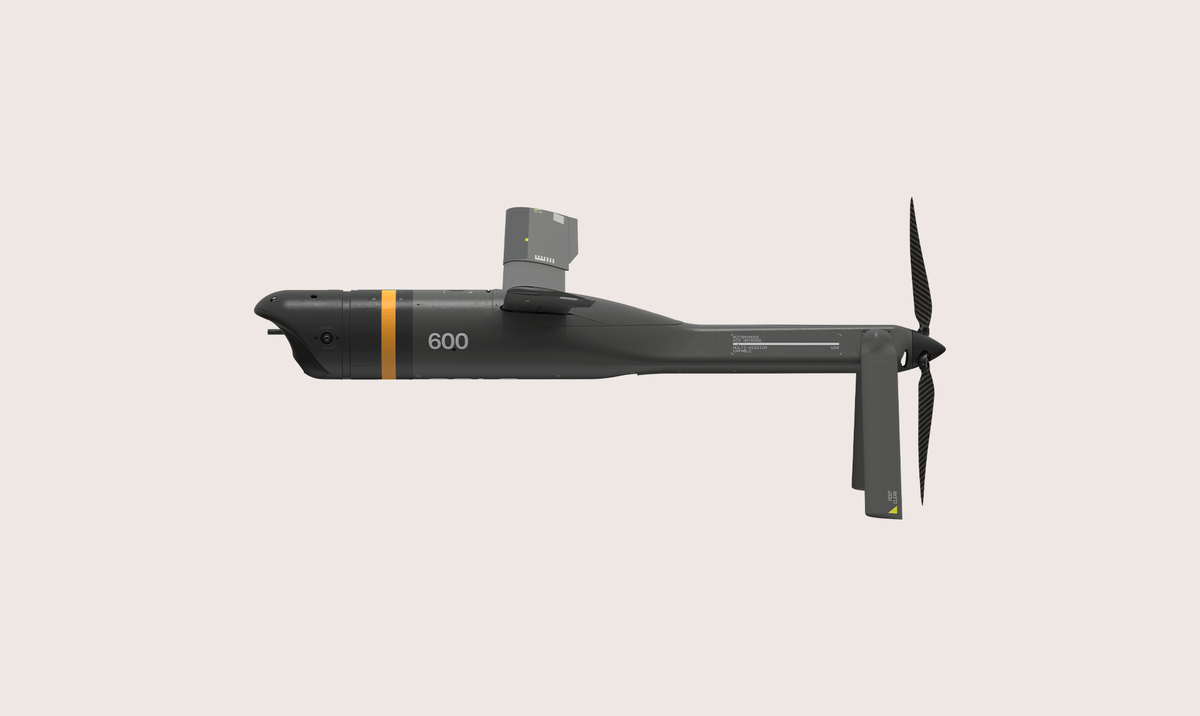
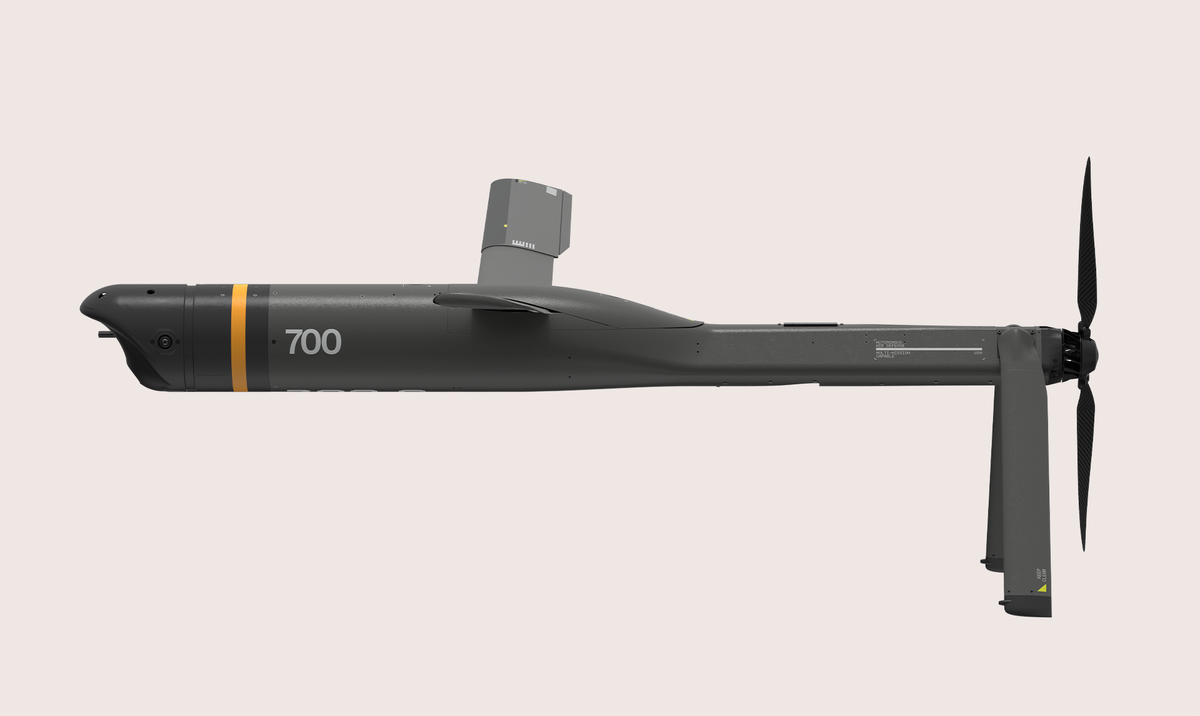
Having one operator control multiple assets can be achieved using either government-owned software or Anduril’s Lattice software, which “enables autonomous mission execution, while ensuring that a human operator maintains custody of key decisions, including tasking the system to execute a strike once a target has been identified,” the company told us. “Once a command is given, terminal mission execution is managed by the platform’s onboard software.”
In a demonstration last year, at EDGE 23, Anduril demonstrated how Lattice enabled a single operator to task a ‘hunter-killer’ pair of autonomous assets — an ALTIUS-600 with an intelligence, surveillance, reconnaissance (ISR) payload and an ALTIUS-600M loitering munition — to conduct “a high-fidelity search for signals of interest. Upon gaining positive identification of a surface-to-air missile site, the soldier then designated the target as ‘hostile’ and authorized a strike with the ALTIUS-600M while the software automatically re-tasked the ALTIUS-600 (ISR) to conduct a battle damage assessment.”
As we have discussed in the past, the variety of potential payloads for the ALTIUS-600 and 700 translates to a wide range of missions, including intelligence, surveillance, reconnaissance, and targeting (ISR&T); communications relay; cyber warfare; or, as in the ALTIUS-M series, kinetic strike.
With the ALTIUS-600 already having been combat-proven in Ukraine, it’s perhaps not a coincidence that the SA-17 Grizzly was chosen as the target for at least part of the live-fire test campaign.

The company told The War Zone that it already has a customer for the ALTIUS-700M, too, but is currently not able to share additional details.
It seems that the live-fire tests last September were undertaken specifically with this unnamed customer in mind.
Meanwhile, there have been ongoing tests of the ALTIUS-700 versions on behalf of the U.S. Army. According to Anduril:
“The base prototype for that effort consists of the non-munition variant of the 700, Collins Mission System, and several non-kinetic payloads from Northrup Grumman. There has been some recent news about that program, including the first medium-range flight test and first air-launch demonstration.”
Beyond the ALTIUS-700 and 700M, the company is meanwhile also engaged “with several customers” that are looking at the smaller ALTIUS-600 family of systems, including the ALTIUS-600 and 600M.
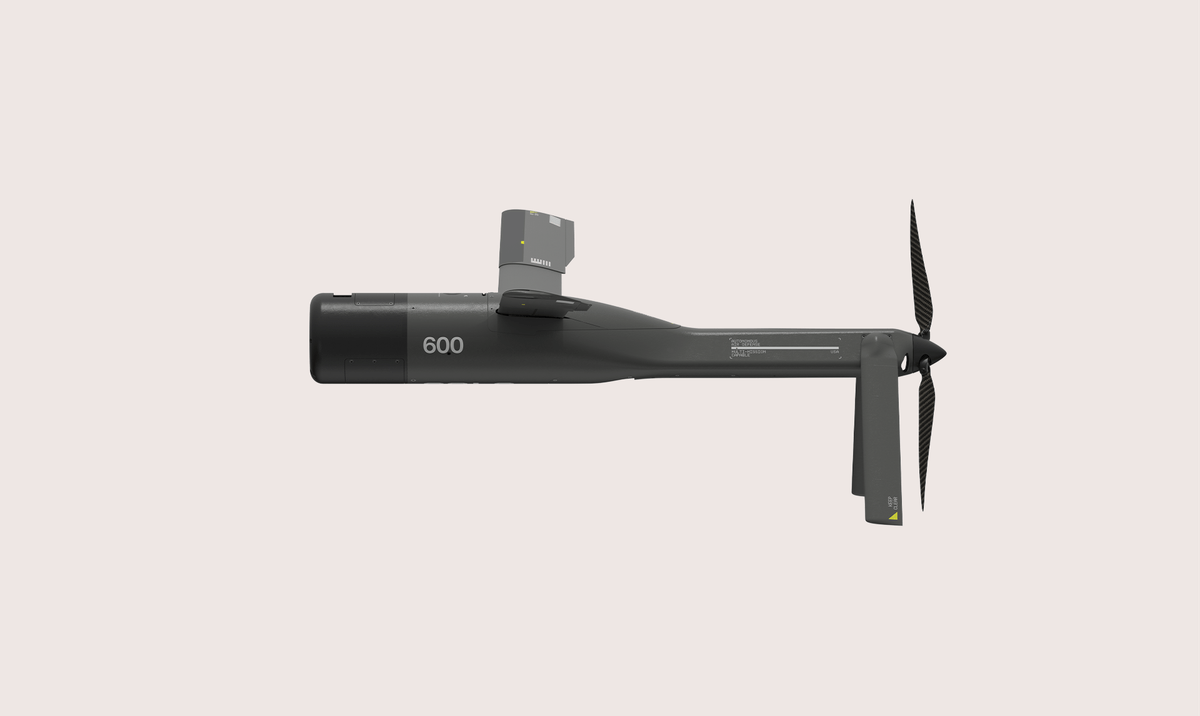
The company says it has invested more than $60 million into a new 180,000-square-foot production facility in Atlanta, Georgia. This will allow Anduril to scale up the manufacturing effort after having already delivered “hundreds” of ALTIUS variants to different U.S. government customers over the past six years.
This reflects the fact that the ALTIUS series has become increasingly popular within the U.S. military in recent years, at least for testing. Much of the popularity of these drones has been based on the relative ease with which they can be adapted for different launch platforms. As far as the ALTIUS-600 is concerned, the drone has been air-launched via a Common Launch Tube (CLT) and is also compatible with various types of launchers on the ground or even at sea. Other drones, too, have been used to launch the ALTIUS-600 in trials, namely the U.S. Air Force’s stealthy XQ-58A Valkyrie combat drone, which released examples from its internal weapons bay, back in 2021.
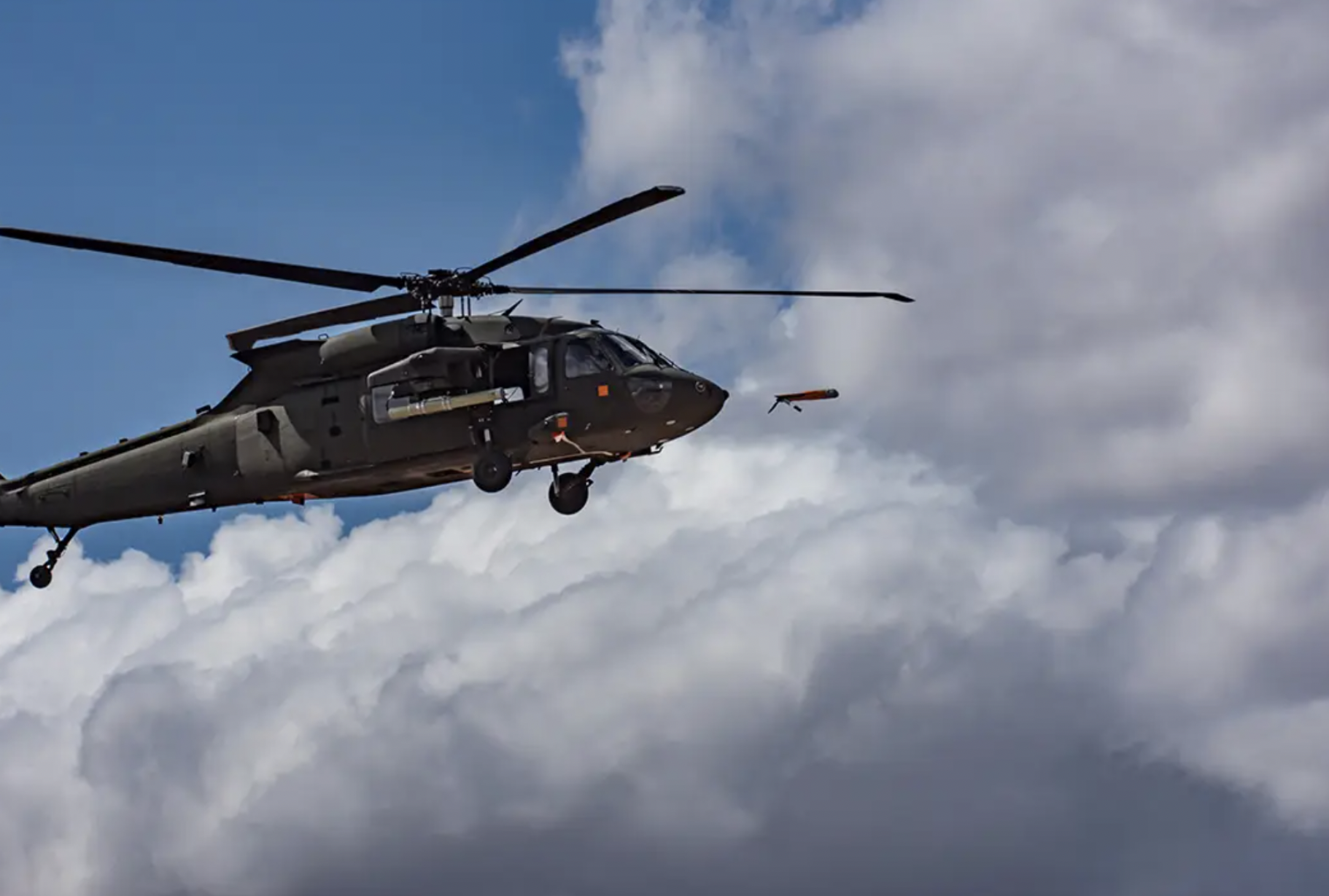
The video shows the ALTIUS-700M being ‘soft-launched’ from a ground-based launcher, but the video also describes the drone as having “multi-domain launch” capability, like the ALTIUS-600.
Another aspect of the earlier ALTIUS-600 that will presumably ported over to the ALTIUS-700M is the potential to have multiple assets operate together as a networked swarm. The U.S. Army, in particular, has been testing just such concepts, with the ALTIUS series offering the possibility of having swarms of drones in multiple configurations, which could then be cooperatively tasked to perform various tasks.
The ALTIUS-600 has already been demonstrated in networked swarms, with the U.S. Army in 2022 launching four waves of seven ALTIUS-600 drones in what was, at the time, the largest networked sortie of Air-Launched Effects (ALE) drones of its kind up. Once again, a single operator was able to control the swarm of drones as they hunted for and destroyed simulated enemy positions ahead. You can read our previous analysis of that trial here and here.
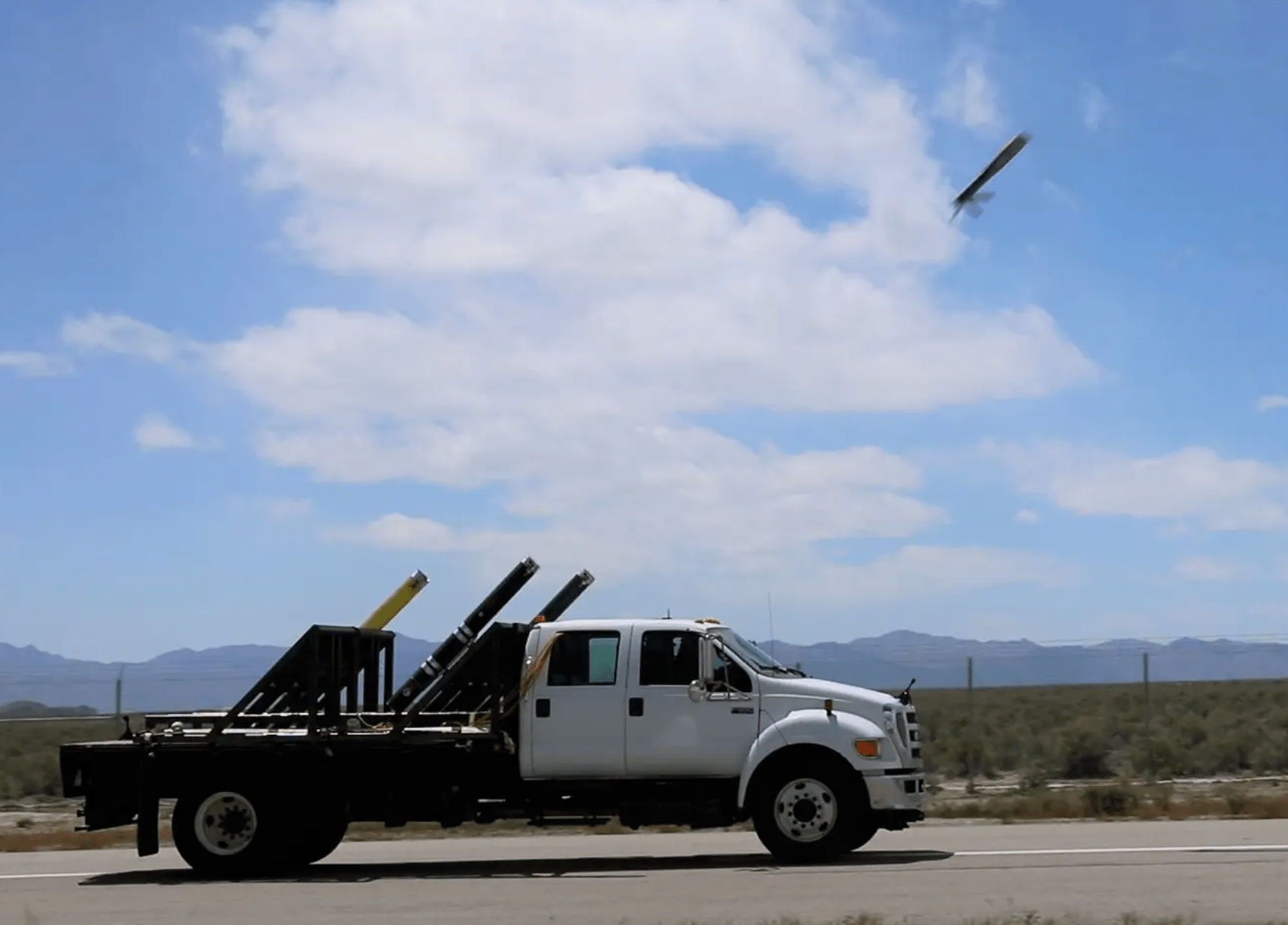
As far as the warhead-toting ALTIUS-700M is concerned, the focus is very much on its ability to execute kinetic engagements, whether as part of a collaborative swarm or striking targets on its own. At the same time, Anduril is keen to point to the advantages of its ‘man-in-the-loop’ targeting in which the operator “maintains decisive control over tasking and terminal execution … without the constraints of laser target designation or the repercussions of fire and forget.”
The drone’s ability to provide troops with the capability to strike targets at a useful standoff distance is incredibly relevant right now, as is its loitering time on-station, during which it can locate targets and deliver kinetic effects. Like other loitering munitions, the ALTIUS-700M provides an effect disproportionate to its size, but its large penetrating warhead makes it lethal for even more heavy armored vehicles.
As loitering munitions continue to bring about something of a revolution on the modern battlefield, the chances of the ALTIUS-700M succeeding look good. This is especially the case seeing as kamikaze drones are becoming absolutely critical to the fight in Ukraine, where the arms race in drone production output between Russia and Ukraine growing larger by the day.
Along with lessons from this conflict being rapidly ingested, the DoD is also looking to begin procuring simpler uncrewed systems by the thousands under its Replicator initiative. The autonomy that this class of drones could possess, and just how effective they could be when working cooperatively in massive swarms are other revolutions in warfare that are now cresting the horizon, as well.
With all this in mind, the ALTIUS lineup appears to check many of the boxes the DoD, and possibly numerous allies, are looking for.
Contact the author: thomas@thewarzone.com
